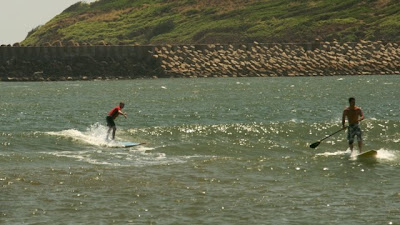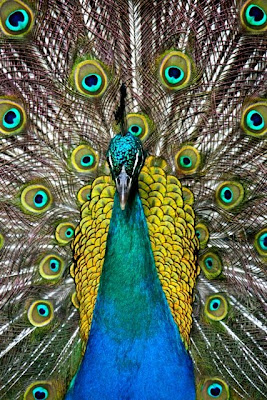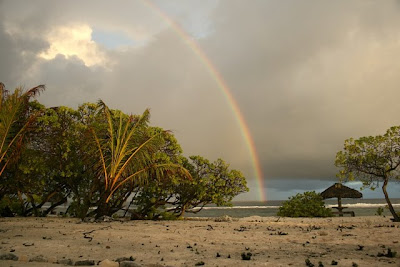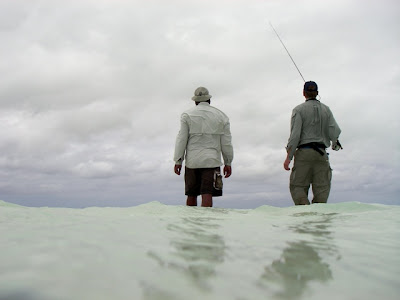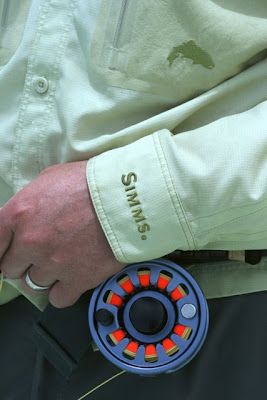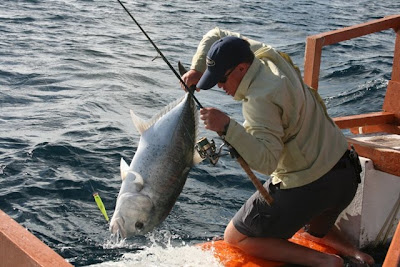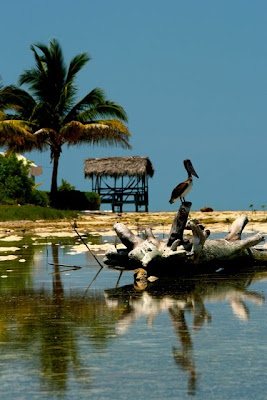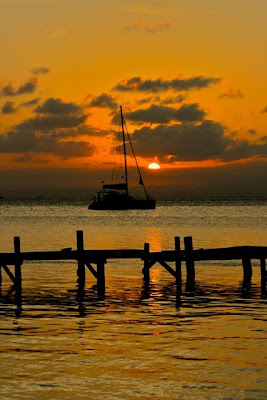What in the world is a
loperoni? Well, my friend Rick tends to make up all kinds of new names and nicknames for just about everything we chase. For example, a pheasant is a “
phesantry,” an elk is an “
elakaloe,” and an antelope is a “
loperoni.” So in honor of Rick, I thought I would tell you a couple
loperoni stories from last year…
Antelope epitomize the wide-open spaces of the American West. Their tawny backs contrast with their white bellies, with multiple stripes along their necks. The yellow coloring allows them to blend into their grassy surroundings, but their white belly and butt often stand out, especially when glassed from afar. The bucks also have a dark black throat patch, and since some females also have horns, the throat patch is the best way to distinguish bucks from does. They occur in huntable numbers in nearly every western state and I have hunted them in Colorado, New Mexico, and Wyoming. In a given year I apply in Arizona, Colorado, New Mexico, Utah, and Wyoming. In 2010, I was part of five different antelope hunts.
ARIZONA
The first took place in Arizona.
(No, I wasn’t the lucky one! I have yet to draw an antelope tag in Arizona, but have 18 points going into this year’s draw.) My brother Erik drew a tag in a premier unit, and since Arizona is arguably the best place to shoot a huge speedgoat, he contacted arguably the best antelope guide, Tony Grimmett, owner of
Pronghorn Guide Service. Tony and his crew had been watching a few big goats in his unit for many years. One in particular, FX, was a contender for the Commissioner’s tagholder in both 2009 and 2010.
Towards the end of the first day of the hunt, I glassed behind us on top of a long mesa and spotted a doe and a buck with my
Swarovski 15x56 binoculars. I quickly pointed them out to Tony and he instantly recognized FX. As another friend of ours, Michael Sisk, and I kept watch, Tony and Erik headed down a long valley. They calmly climbed the edge of the mesa, but due to the undulation of the terrain, they had to backtrack and move up one of the small cuts bisecting the mesa. Michael and I watched as Erik took a rest on Tony’s tripod, and then heard the echo of his shot, but we could not see the buck from our vantage point. Once we made it down to them, we all walked up on the buck—and what a buck he was! With only 15-1/8” and 14-4/8”horns, his mass was well,
massive! According to the SCI scoresheet, his bases each measured 7-0/8”, his 1st quarter measurements were 7-6/8” and 7-5/8”, and his prongs measured 6-5/8” and 6-6/8”. In all, he grossed 88-4/8” SCI and netted 87-4/8” B&C. He was one of the biggest antelope killed in Arizona last year.
 At just 15” long, FX proves that when it comes to scoring antelope, it’s all about the mass!
At just 15” long, FX proves that when it comes to scoring antelope, it’s all about the mass! Nothing beats hunting antelope with friends and family. From left: Tony Grimmett (Pronghorn Guide Service), Trent Swanson, Michael Sisk, and Erik Swanson.
Nothing beats hunting antelope with friends and family. From left: Tony Grimmett (Pronghorn Guide Service), Trent Swanson, Michael Sisk, and Erik Swanson.
NEW MEXICOThe next week, I met up with Barton Dobbs of
Zeiss Sport Optics for a New Mexico antelope hunt. We hunted the T4 ranch with Scott Bidegain, whose family has ranched the land since the early 1900’s. Also in camp were Scott’s father-in-law and ex-Oakland Raider, Randy McClanahan, and a first-time hunter, Cody Bassett. Cody was accompanied by his father Jeremy.
On day one, Scott, Barton, and I found a buck that Barton nicknamed Curly for the distinctive shape of his horns. Barton gave me first dibbs and I was tempted to use them on Curly, but it was still early in the hunt. Throughout the morning, we found a bunch more antelope, but none as good as Curly. Around lunchtime we met up with Randy, Jeremy, and Cody just as a nice buck pranced toward us. Jeremy got out of the pickup and calmly dropped the buck with one shot, like it was his tenth antelope not his first. After a lengthy photo session, we separated, but didn’t get far before we heard two shots. Randy had his buck down so we went back to take more photos.
 Cody Bassett made a great shot on his first antelope with the help of his dad Jeremy.
Cody Bassett made a great shot on his first antelope with the help of his dad Jeremy. Randy McClanahan found his buck in the same area Cody found his.
Randy McClanahan found his buck in the same area Cody found his.
We moved on and found a buck that had the classic look and shape of a mature antelope, but he just didn’t have wall appeal or much size. After reaching the top of one of the many steep mesas, I set up the tripod-mounted binoculars, and began to glass for other antelope. It wasn’t long before I located a great buck with the
Zeiss 10-45 RF binoculars. A quick look through the 65mm Diascope FL confirmed what I saw through the binoculars. We moved closer and snuck over a hill to look down at the buck as he tended his does. The rangefinding binoculars read 267 yards so I cranked up my scope to 14x, found a comfortable shooting position with the
SnipePod, and slowly pressed the trigger. A second shot put the buck down for good.
 I used great optics from Zeiss, a Christensen Arms rifle, and the help of Barton Dobbs (left) and Scott Bidegain (middle) on my New Mexico hunt.
I used great optics from Zeiss, a Christensen Arms rifle, and the help of Barton Dobbs (left) and Scott Bidegain (middle) on my New Mexico hunt.
With three bucks in the freezer, the second day allowed us to concentrate on finding a buck for Barton. He chose to go after Curly and we found him at first light. He moved off with a herd of does, but we got in front of him. As we walked closer, he chased a smaller buck right by us, and then stopped within rifle range. Barton shot, Curly dropped, but then jumped up and ran off. He finally stopped in the middle of a large mesquite flat where we were able to sneak over the top of a mesa. Barton and Scott crawled to the edge and Barton made a great finishing shot from a prone position.
 Scott and Barton crawled to the edge of a steep mesa to make the shot on Curly.
Scott and Barton crawled to the edge of a steep mesa to make the shot on Curly. Antelope hunting requires great optics, and Barton utilized some of the best from Zeiss in his hunt for Curly.
Antelope hunting requires great optics, and Barton utilized some of the best from Zeiss in his hunt for Curly.
With Barton’s shot,
Loperoni 2010 came to an end. I watched my brother shoot the antelope of a lifetime, helped a young hunter shoot his first big game animal, met some great new friends, explored new country, used some awesome optics, and came home with a cooler full of tasty meat. Antelope provide one of the easiest, low-stress, most fun hunts in the West. They are plentiful in many areas, easy to draw tags for in many states, the weather is usually nice, and you typically see a lot of animals. My
loperoni hunts in 2010 fit that description perfectly, even if Rick's nickname for them is a little silly!
P.S. If you get Western Hunter Magazine, check out the full story of my New Mexico hunt and a recap of all the great Zeiss optics I used in Volume 9 Issue 4.


















